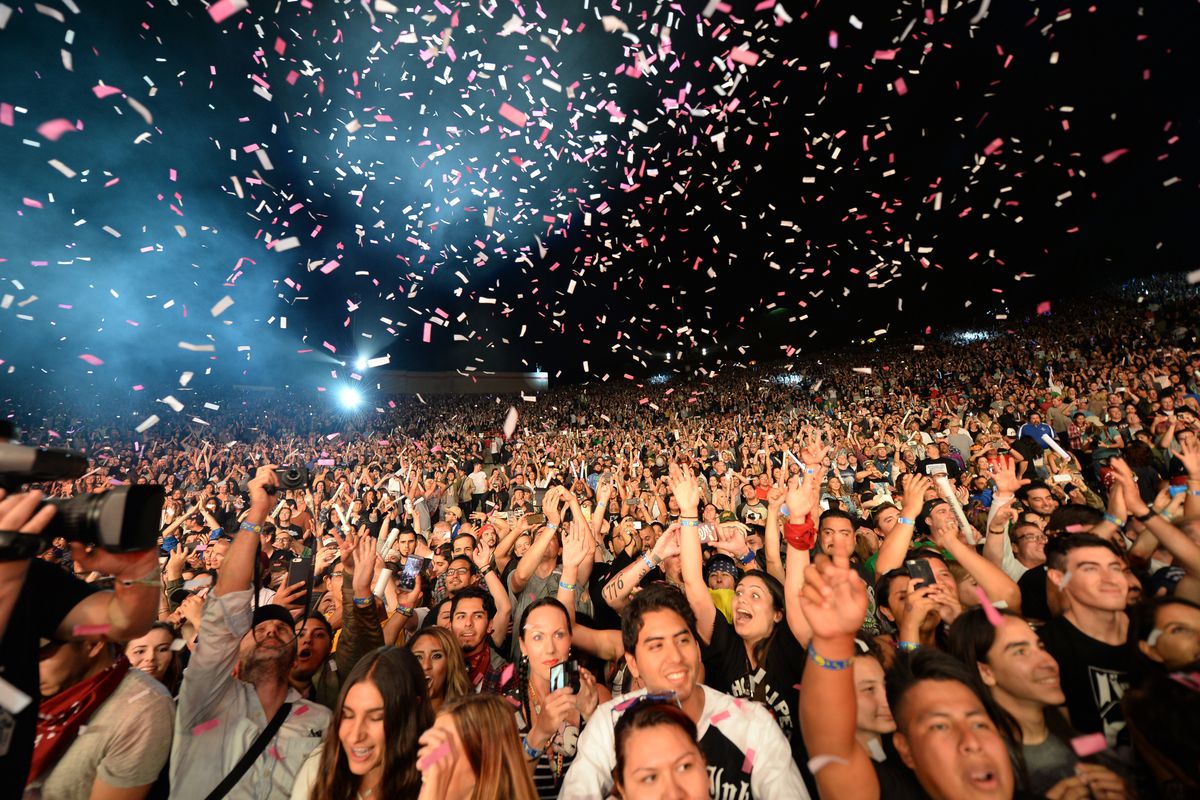Table of Contents Show
The word fan has many definitions, and being part of a fandom has different meanings for everybody, but one thing a lot of fans do is enjoy spending money; whether it is cosplay, merchandise, sports games, or amusement parks, people show their appreciation with their dollars. However, in a worsening economy (especially since the pandemic), spending hundreds, if not thousands, of dollars on their favorite media is becoming less and less attainable for most. Engaging in fan culture has become just too expensive.
Thus, the question arises, does being a fan require you to spend money? The answer is no, it shouldn’t. There should be more affordable and free activities people can do to show their appreciation to bring more solidarity to fandoms and, simply put, fandom should not be based on income, but rather on a genuine interest in the media.
Fans’ Spending On The Fandom Experience
Keep in mind that, depending on the media people are consuming, spending habits may vary.
“Bigger Fandoms”
Concerts can get costly, especially for big names like Taylor Swift, Harry Styles, or any K-pop group/artist. Concert tickets can get upwards of a thousand dollars for the pit, mainly due to ticket scalpers (and this does not include transport to the venue, food, and parking — amongst many other expenses such as lodging if needed). Sports games can also get pricey, with the most expensive experience of all being amusement parks.

Harry Potter (2001-2011) fans can expect to spend several thousand dollars trekking to the motherland of their fandom at Universal Studios, and may even make an extra stop at Super Nintendo Land, too.
“Smaller Fandoms”
Smaller fandoms commonly do not spend as much, with some concert tickets going as low as twenty-five dollars. Television series and movie fans can get by only paying for a subscription to a streaming platform. However, one thing that every fandom has in common is merchandise: Clothing, CDs, posters, figurines — all of these items add up, specifically if the media is ongoing.
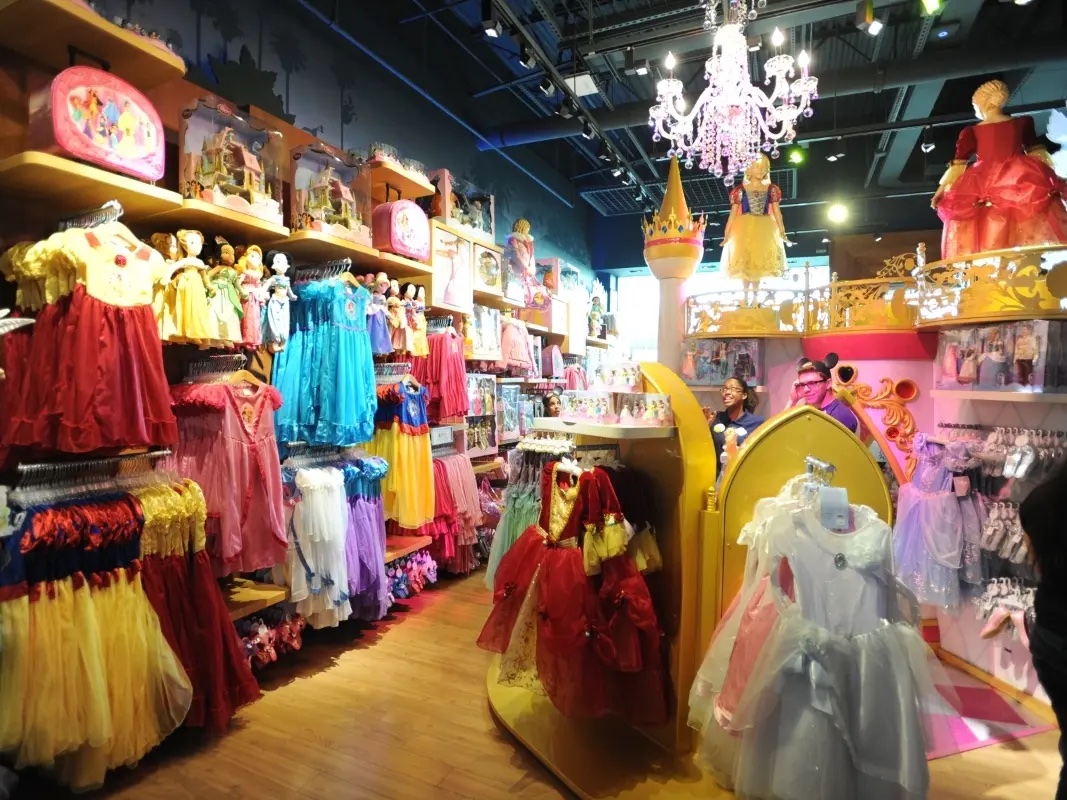
Concert hoodies can get up to eighty dollars, anime figures around the low hundreds (sometimes high hundreds depending on the popularity), season tickets to sports games and theme parks in the thousands: and all of these purchases renew every time the musician, sports team, or show continues.
The Fandom Experience’s “Price Breakdown”
All these purchases add up; K-pop fans spend barely under $1,500 USD on average between concerts, official merch, albums, and more (( Kim, YeEun. “How Much Do K-Pop Fans Spend On Their Stans?” Hypebae. Nov 26, 2020. )). For sports fans that make over $100,000, they spend a little under $1,000, yet people who make less than $35,000 still spend hundreds of dollars on their favorite sports team (( Weil, Dan. “Sports Fans Are Ready to Open Their Wallets: Study.” TheStreet. Sep 12, 2022. )). In order to feel supportive and part of the community, people dole out several hundred dollars a year or even a season, which is not feasible for most — if not the majority.

With global inflation rates skyrocketing to 10.7% in October 2022 compared to 5.24% in October 2021, ordinary people across the world are feeling financial strain, especially after the holidays ((OECD. “Consumer Prices, OECD.” Dec 6 2022. )). In the U.S., rising interest rates along with this crippling inflation have increased credit card debt substantially, and with the ever-increasing cost of basic necessities such as groceries and gas, personal purchases should take the backburner (( Saucedo, Carlos. “Rising interest rates, inflation leading consumers to rack up credit card debt.” Kron4. Sep 21, 2022. )).
Yet, people continue to purchase fandom-related merch and experiences because fandom has become an integral part of people’s identities.
Unseen & Unpaid Labor
One of the solutions someone might propose to save on these experiences — other than not spending money at all — is to make your own merchandise. Cosplay is one of the biggest examples of this, with a large range of prices. Some of the most simplistic cosplays, if made from scratch, can still cost upwards of fifty dollars to make. Some of the most complex ones, such as a functional Iron Man suit, can cost thousands of dollars to construct, including the materials and all the machines needed to manufacture it (( JLaservideo. “Real Iron Man Expandable Briefcase Suit – FULL METAL!! (Iron Man Mark 5 Armor)“. YouTube, 14 Mar 2021. )).
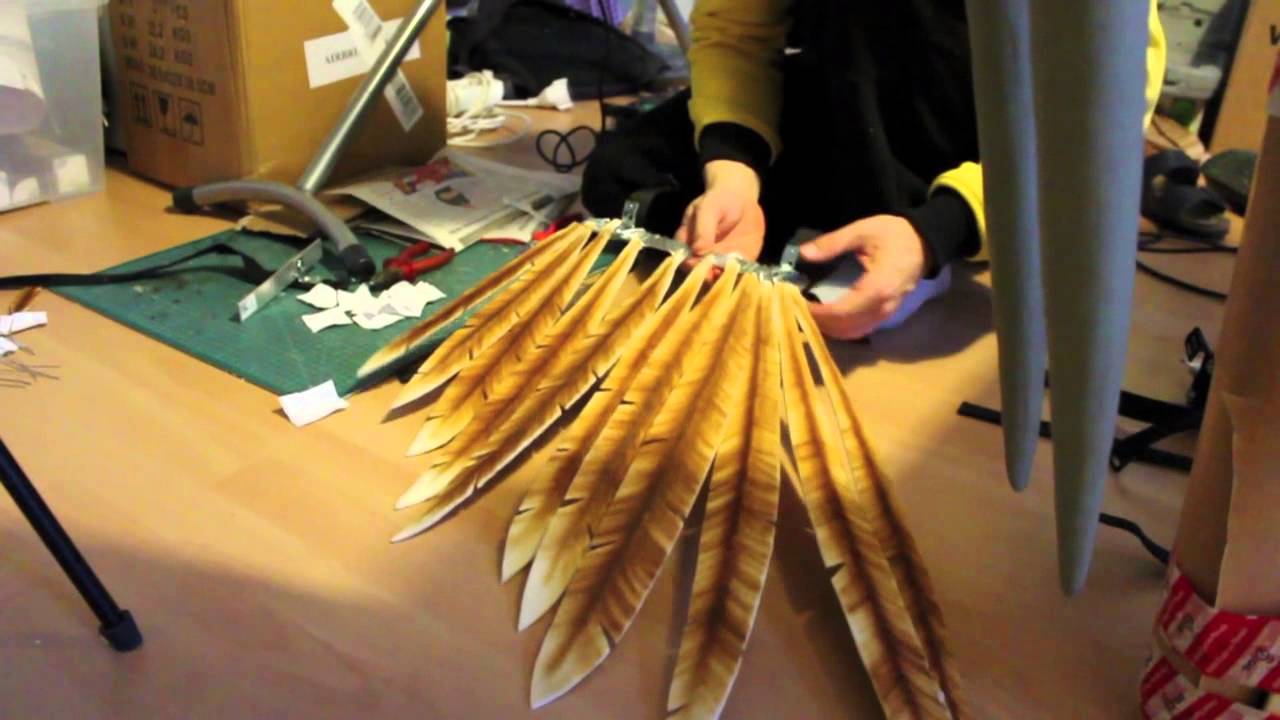
Cosplayers do this out of their own pocket, and while they may also sell their costumes, other fans must pay for them, thus perpetuating the fan economy. Etsy and other individual-led sites are full of people selling merchandise they have made, such as T-shirts, candles, and stickers. All of these commodities are expensive to produce, just like any other merchandise item, except that the costs are being paid by an individual rather than a large corporation.
This does not even mention the cost of labor many of these people painstakingly put into their cosplays and merchandise; some cosplays take a year or more to make!: drafting the cosplay, finding the right parts, engineering the mechanics, and sewing takes enormous amounts of time, all of which are used to promote the show with no pay.

Fanart and fanfiction are some of the best examples of unpaid labor — some fanfictions have more than a million words! It’s free; however, the number of hours authors pour into their works is something nearly impossible. Fanart can cost hundreds of dollars depending on the medium the artist chooses to use, but the years of practicing to build their skills go unpaid in order to deliver high-quality art to their communities.
All of these activities work to market the media they represent, and do so quite successfully, all with no pay and more often than not at the cost of the fan.
The Importance Of The Fans’ Fandom Experience/s
Why do people continue to max out their credit cards in such a dreadful economy? Because of just that: the dreadful economy.
With all the noise happening in the world, from poverty increases to wars to human rights abuses, the one sanctuary people have is their fandom. One sports game, concert, convention, or theme park can allow them to relax and think of something other than taxes, overdue bills, or the general state of the world. For many, being part of a community allows them to be themselves instead of being defined by their work, skills, or grades. It is a form of escapism.
They get to fulfill their dreams of being a Jedi in Star Wars at Disneyland, they can melt into the lyrics of their favorite artist in concert, or they can embody their favorite character and all of their valued traits through cosplay conventions. Fan experiences and merchandise are now tied with people’s self-esteem and identities, along with being an escape from reality. Everybody deserves an escape from reality, regardless of income level, which is why it is so devastating that many people have to watch from the sidelines as wealthier people get to enjoy the best parts of fandom without worry.

It would be easy to say that fandom experiences should all be free so that everybody can afford to go. However, most people cannot control that — least of all people simply trying to have a good time within their communities. However, the clearest and simplest solution to this disparity is to be non-judgmental and to be as inclusive as possible in the definition of a fan. Being a fan should not be defined by one’s class or income level.
One’s dedication to a fandom should not be measured by how many concerts they’ve been to, how many photocards one has, or the time one has to spend on fan labor. Time is a luxury many people cannot afford due to overwhelming financial responsibilities, mental health issues, and other personal responsibilities. Fan labor is just that: labor, and free labor at that.

It is a privilege to be able to make or buy fan-related items and activities, and those that cannot participate are not any less of a fan than others.
Cheap (Or Free) Fan Activities
While the more immersive fan experiences are more expensive (concerts, theme parks, games, etc.), there are still plenty of activities fans can do that are cheap/free and fun that builds community with others. Some of these activities have been ongoing for over fifty years when society was not as consumeristic and focused on spending to show one’s devotion. One of the biggest and least expensive ways to build a community is to utilize a form of social media, such as Discord, Amino, or Reddit, all of which are free, to connect with others across the world. While these carry their own toxicities, many people have benefitted from social media and have formed their own close-knit fan communities.
One thing you can do with these groups, other than just chatting about the source material, is creating a fanzine. Some zines have been in circulation since the 60s, such as Spockanalia, and are created by a team of fans using a mix of fanfiction, fanart, debates, and graphic design. They are relatively inexpensive to produce, extremely fun and team-building to make, and can leave a lasting impression on the fandom for years (or decades) to come. They can cost money, however, especially limited-edition zines. Additionally, some are used as fundraisers or an artist’s form of income, so the type of zine especially matters.
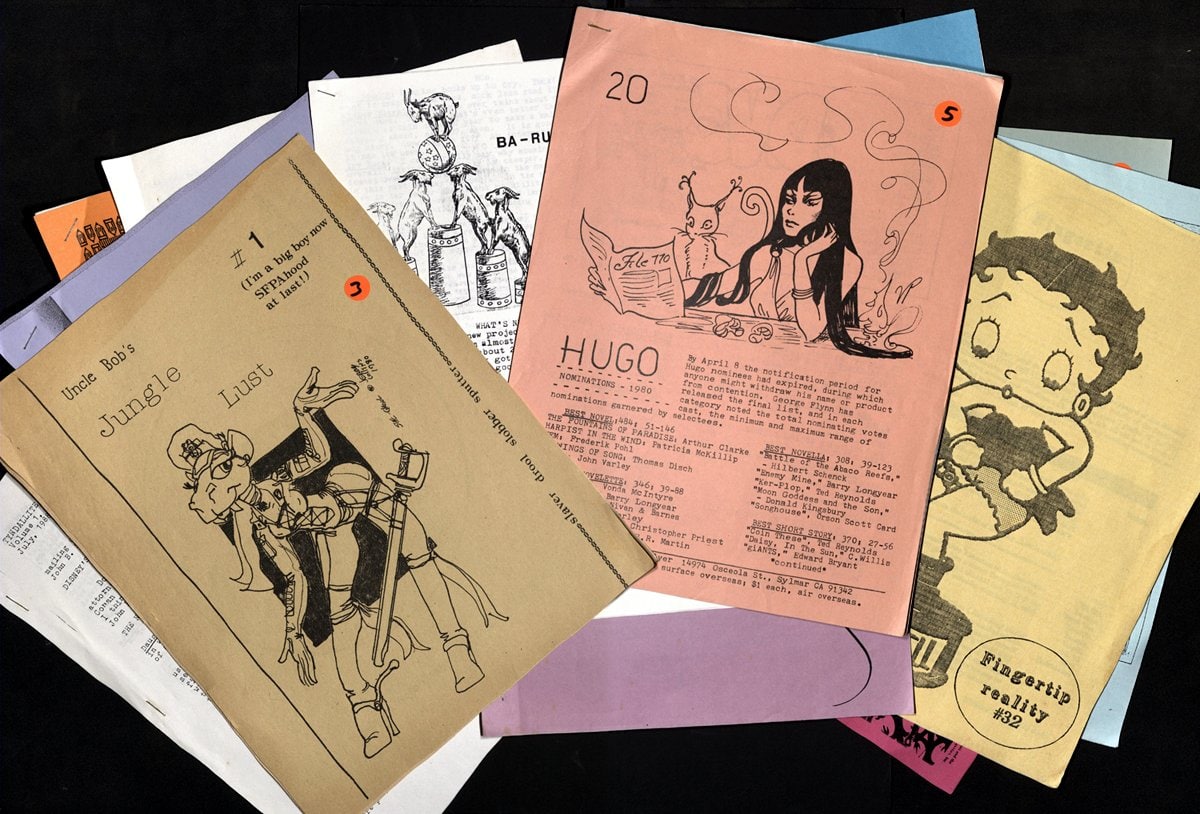
Other than fanzines, fanart and fanfiction, as mentioned previously, can be inexpensive to make depending on the medium (digital art can be produced using a one-time program purchase) and can have fandoms of their own depending on how popular they become. These fan activities certainly leave huge impressions on the community, and it does not take thousands of dollars to show one’s devotion to the fandom. Additionally, karaoke nights based on a favorite artist with close friends can be as memorable as a concert. Fan edits are rising in popularity as a form of fan content, and most people make theirs on Capcut, which is a free editing service. Making analytical videos about the source material is also fun and rewarding, and posting them on the Internet, while scary, can make a wonderful and supportive community of fans.
Should Fandom Accessibility Be Better?
While some artists are trying their best to fight Ticketmaster on the exorbitant ticket prices and scalpers, most other fan experiences are in the hands of huge corporations that continue to raise the prices of their activities rather than lower them. However, fan conventions, which are often held by fans for fans, are more accessible in terms of lobbying to get ticket prices down. If people join forces to make these conventions more accessible, then more people will be able to attend and experience a part of a fandom that is reserved for wealthier people.
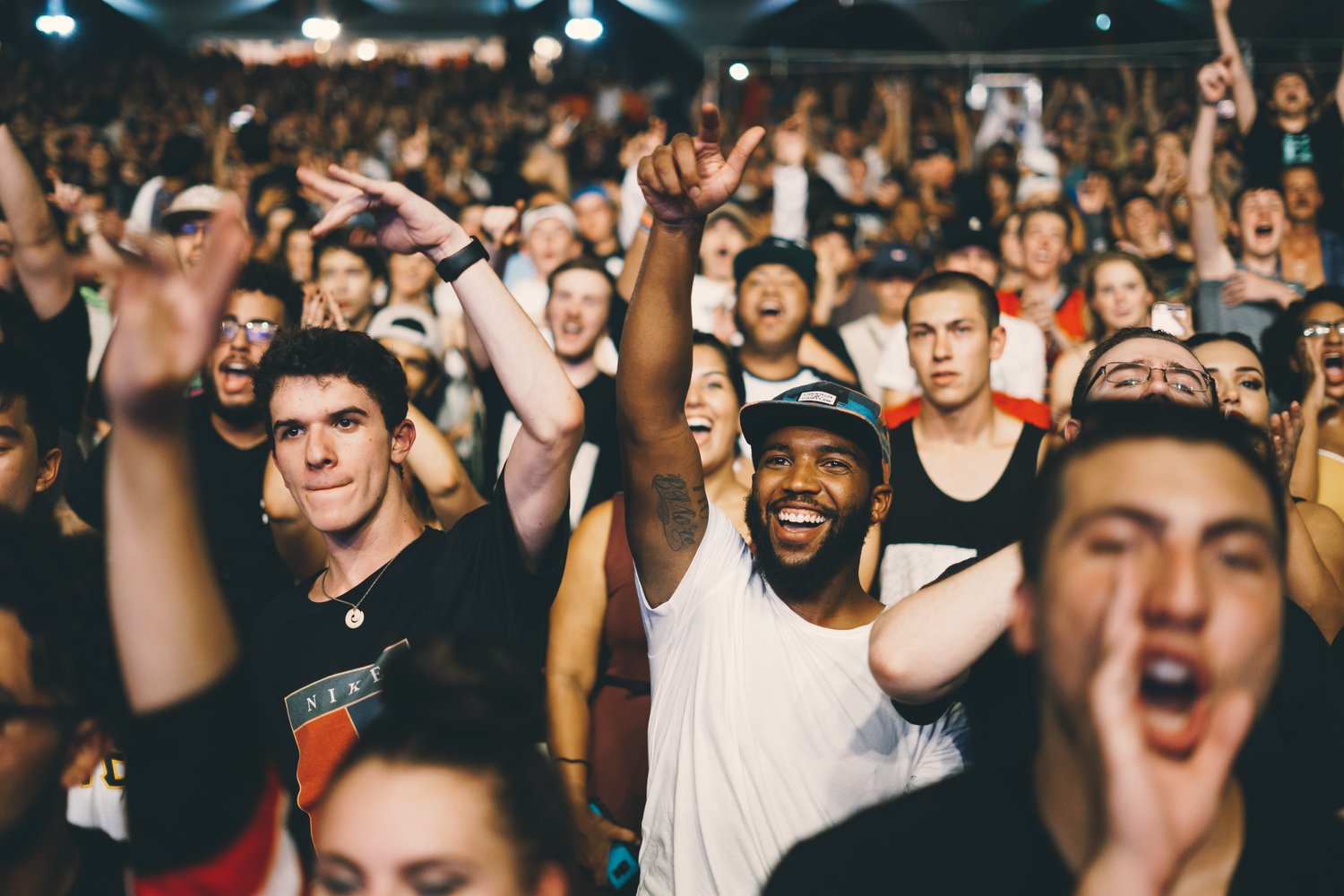
While there is much to be said on the prices of activities and experiences, one point that cannot be emphasized enough is to be as inclusive as possible of everybody in a fandom regardless of how much fandom-related content they consume. Some people splurge on a trip to Disney World, others splurge on a seventy-dollar hoodie after leaving their nosebleed seats at a concert. Participation in fandom can look like many different things, but the most important thing a fan can do is accept all of them as the same.
It is hard out here, and it is made harder when people in somebody’s only safe space judge them for their lack of devotion. Fandom is not an exclusive resort; it’s a public park, made for everybody and anybody to experience.
